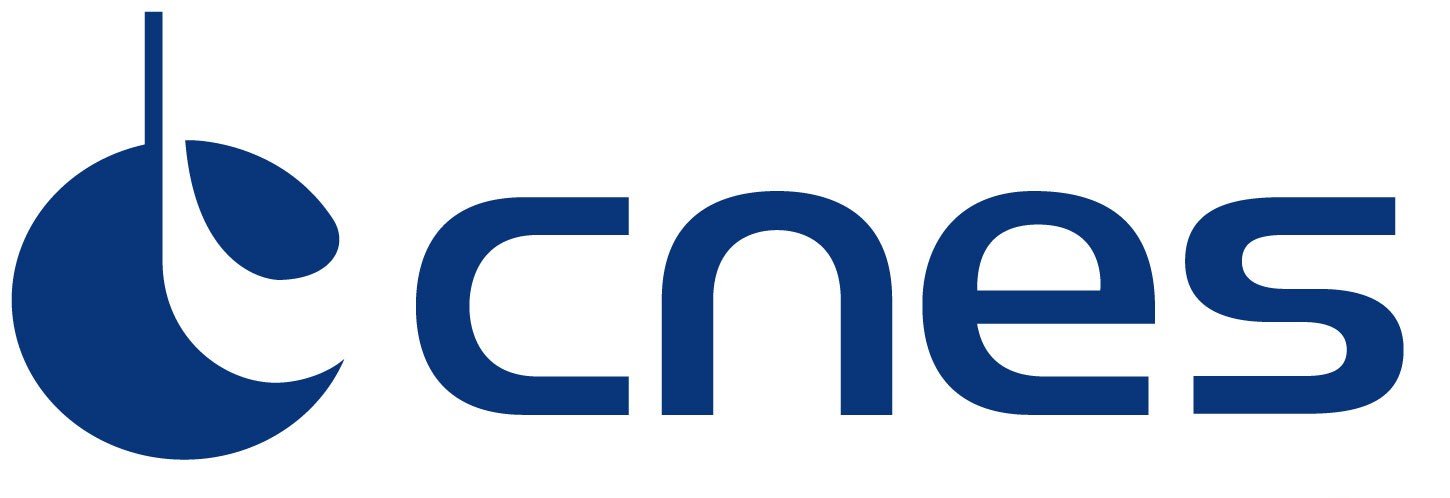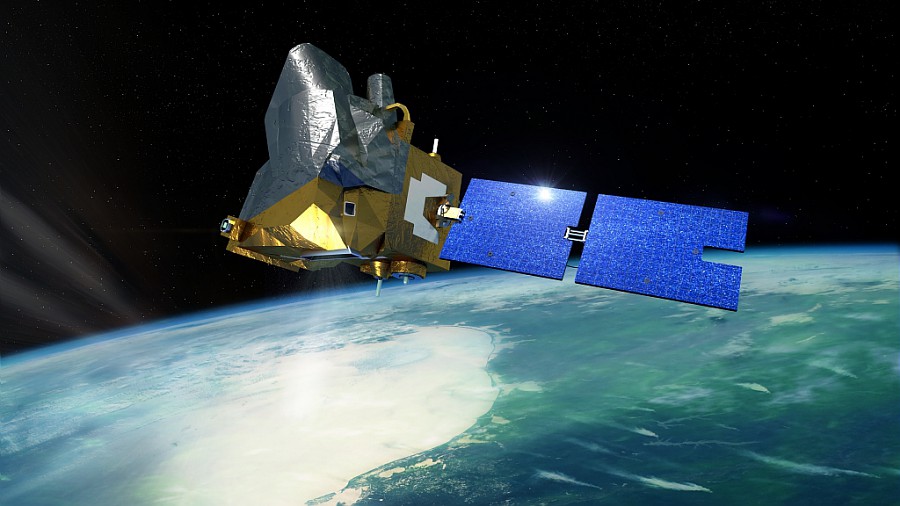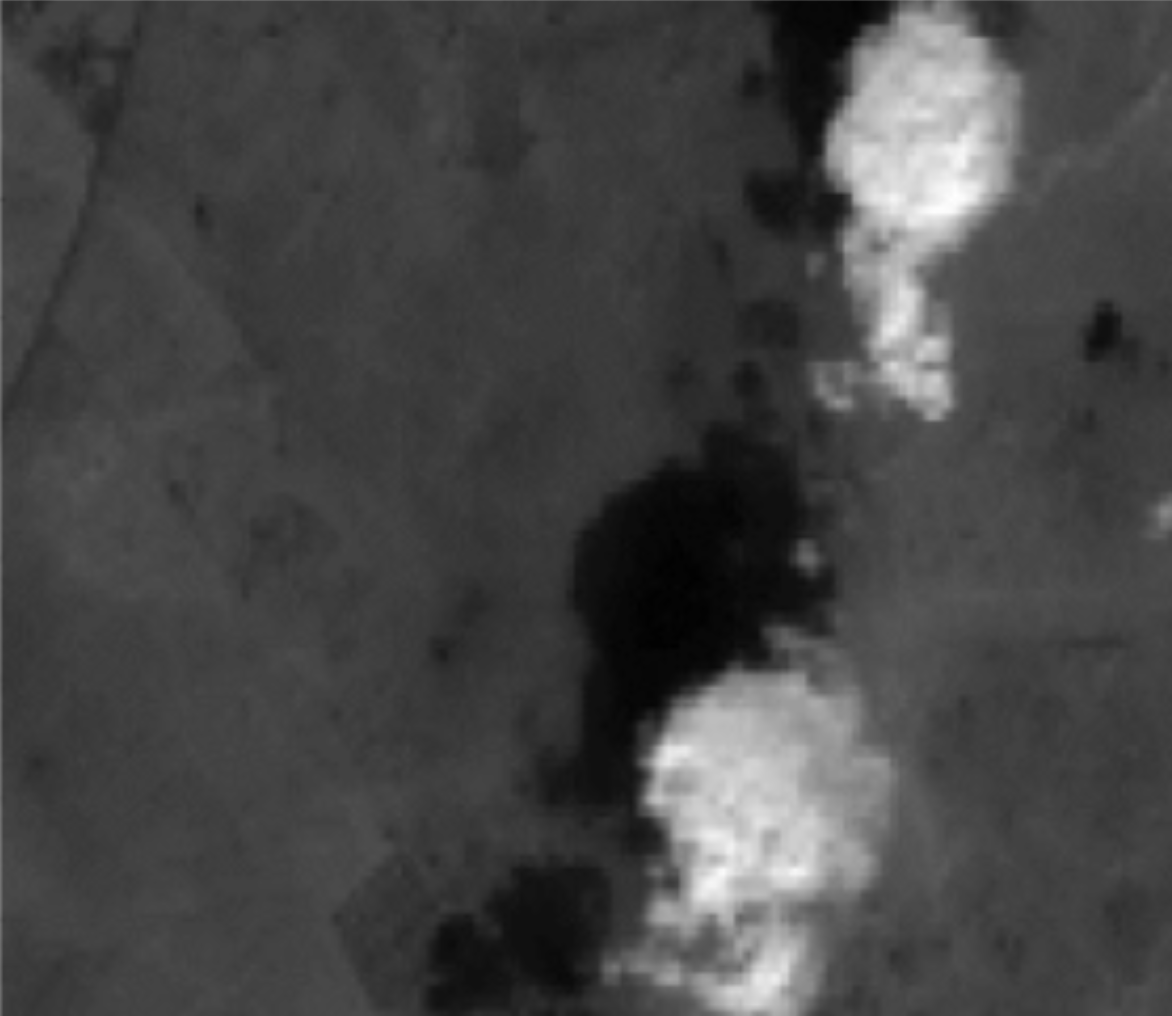MicroCarb
Technical support for CNES

Mission
Measuring global carbon dioxide concentration and improving understanding of the carbon cycle and climate
Instruments
Passive 4-band NIR and SWIR array spectrometer
Skills
Cloud detection, performance studies, radiometry, geometry, simulator development
Date
From 2015 to today
The MicroCarb project
The MicroCarb mission allows the study of atmospheric CO2 on a global scale. Indeed, CO2 is the main greenhouse gas. Today we do not know how much CO2 is absorbed or emitted in certain regions of the Earth. This is mainly due to the fact that we lack ground-based measuring stations. It is therefore necessary to map the sources and sinks of this gas in order to better understand the origins and impacts of climate change. Indeed, CO2 remains the main greenhouse gas produced by human activities.
The MicroCarb satellite will be able to measure the atmospheric concentration of CO2 over the entire planet. These highly accurate measurements will be possible thanks to a passive array spectrometer in 4 NIR and SWIR bands. These elements will also improve the understanding of the carbon cycle and climate.
![]()

Illustration of the MicroCarb satellite
© CNES/ill./SATTLER Oliver, 2021
The unit is in charge of measuring the global concentration of carbon dioxide as a technical support to CNES.
Find out more about the MicroCarb project here.
The objectives of Microcarb
• Cloud detection
⇒ by imaging
⇒ by radiative transfer
• Performance studies
⇒ Impact of instrumental defects (radiometric, spectral, geometric, residual polarisation)
⇒ Realistic calculation of the SRIF
• Development of an orbital performance simulator

Can shadows help in cloud detection?
Simulation of the S2 MicroCarb imager
Key partner
CNES
Key words
observation, satellite, earth, studies, climate change, warming, cnes, carbon dioxide, ground segment, cloud detection, microcarb
SCIENCE FOR EARTH CARE
The Earth Observation Unit of Magellium is an expert in optical space missions and geophysical and biophysical applications. The EO unit provides high level of expertise and full capacity on the whole processing chain, enabling it to respond to all projects from the greatest space orders such as ESA and CNES.

